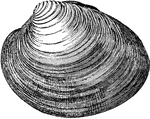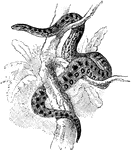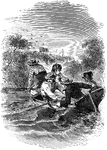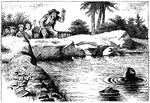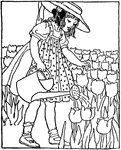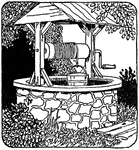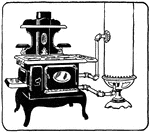
Assyrian Bucket
This Assyrian bucket is designed with a cord handle and terminates at the bottom with a lion mask. It…
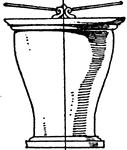
Graeco-Italic Bucket
This Graeco-Italic bucket is made out of bronze. It has a ring foot bottom with two hoop handles. It…
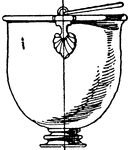
Graeco-Italic Bucket
This Graeco-Italic bucket is made out of bronze. It has a ring foot bottom with a hoop handle. It was…

Graeco-Italic Bucket
This Graeco-Italic bucket is made out of bronze. It has a ring foot bottom with two hoop handles. It…

Graeco-Italic Bucket
This Graeco-Italic bucket is made out of bronze. It has a footless bottom resembling an inverted egg.…

Chara Vulgaris
Chara vulgaris, a modern lime-secreting alga, growing in fresh water. An important marl and limestone…

Chara Vulgaris
Chara vulgaris, a recent calcareous alga (fresh water); sport-vessel with corona. This is frequently…
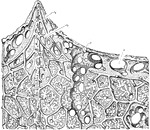
Upper Section of Sponge
An illustration of the upper portion of a sponge: p, Pore; s, Subdermal cavity; c1, chief fiver of the…
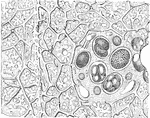
Lower Section of Sponge
An illustration of the lower portion of a sponge. O, OS, and M are illustrations of sponge eggs magnified…
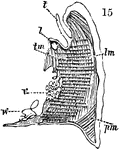
Perpendicular Section of a Sea Anemone
An perpendicular section of a sea anemone. Sea anemones are a group of water dwelling, predatory animals…
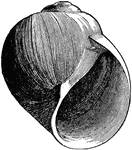
Northern Moon Snail
Lunatia heros or the Northern moon snail, the common salt-water snail of the Atlantic coast.
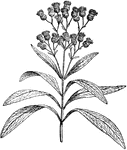
Ayapana
The Ayapana (Ayapana triplinervis) is a flowering shrub in the Asteraceae family of daisies.

Duckweed
Common duckweed, Lemna. The entire plant is reduced to a leaf-like expansion which bears a…

Arrowhead
A leaf of arrowhead (Sagittaria), a member of the water-plantain family, growing abundantly…
Glacier
Glacier descending into the sea, where its front is buoyed up by the water and becomes broken up into…
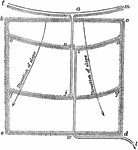
Irrigation by Checks
"A modification of the basin plan, as applied to ground with considerable slope and consisting of hillside…
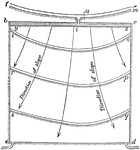
Irrigation by Furrows
One way to spread water over a hillside field, "f m is the main ditch and the slope of the hill as shown…

Oyster Shell
An illustration of a oyster shell. The common name oyster is used for a number of different groups of…
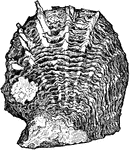
Oyster Shell
An illustration of a oyster shell. The common name oyster is used for a number of different groups of…
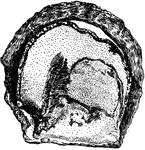
Oyster Shell
An illustration of a oyster shell. The common name oyster is used for a number of different groups of…
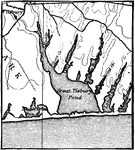
Bay-bar
A Bay-bar, with narrow inlet which leaves the water of the bay salty. South Shore of Marthas Vineyard.

Steam Engine
"An engine designed to throw a continuous stream of water through a hose upon a conflagration, for the…
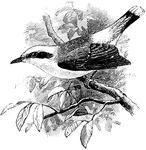
Water Tyrant
Fluvicola climacura is a watercap or water tyrant in the Tyrannidae family of tyrant flycatchers.

Baptismal Font
"Font, Cathedral of Langres, France; end of 13th century. A repository for the water used in baptism;…
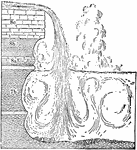
Horseshoe Falls, Niagara
Section of the Horseshoe Falls, Niagara, to show the depth of water below the falls and the arrangement…

Four-Way Cock Valve
"Four-way cock, a cock having two passages in the plug and four passage-ways for delivery, or one which…

Woman Dumping Water on Jester
An illustration of a woman dumping a bucket of water on a jester from a window.

Group Playing in Water
An illustration of a group consisting of three females and one male playing in water.
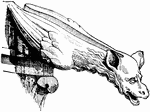
Gothic Gargoyle
A gargoyle on the 13th century cathedral, La Sainte-Chapel in Paris, France, an example of Gothic architecture.

Great Northern Diver
The Great Northern Diver, Colymbus glacialis, "...is black above, with belts of white spots making a…

Little Grebe
"Both sexes of the Little Grebe are mainly dusky brown or blacking grey above, and silvery white below,…
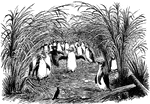
A Troop of Crested "Maccaroni" or Rock-Hopper Penguins Nesting Under the Shade of Tussock of Trees
This is a troop of crested "Maccaroni" or Rock-hopper penguins nesting "under the shade of tussocks…

Big Strudel
The principal meaning of the German word strudel is whirlpool. Big Strudel, the vortex near Grein, 94…

Water Skier
Tangrams, invented by the Chinese, are used to develop geometric thinking and spatial sense. Seven figures…

Water Skier
Tangrams, invented by the Chinese, are used to develop geometric thinking and spatial sense. Seven figures…

Water Skier
Tangrams, invented by the Chinese, are used to develop geometric thinking and spatial sense. Seven figures…

Water Skier
Tangrams, invented by the Chinese, are used to develop geometric thinking and spatial sense. Seven figures…
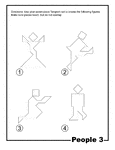
People Outline Tangram Card #3
Outlines of people (woman standing, water skier, woman kneeling, man walking) made from tangram pieces.…
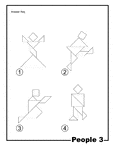
People Outline Solution Tangram Card #3
Solutions for outlines of people (woman standing, water skier, woman kneeling, man walking) made from…
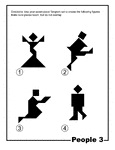
People Silhouette Tangram Card #3
Silhouette outlines of people (woman standing, water skier, woman kneeling, man walking) made from tangram…
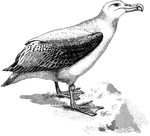
Wandering Albatros
"The Wandering Albatros of the Southern Oceans is white with narrow dusky undulations above and almost…

Storm Petrel Swimming with Reflection
The storm Petrel "of the Mediterranean and North Atlantic from Greenland to South Africa, which breeds…

Tropic Bird Sitting on a Ledge
The Tropic Bird " are chiefly found in the tropical regions of the south; ... this species breeds as…
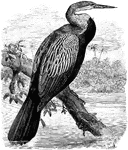
Indian Darter
"The Indian Darter (Plotus melangaster) or snake-bird of tropical and subtropical America, ranging northwards…
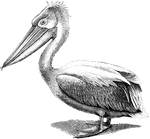
Crested Pelican
"The Crested Pelican or (Pelecanus crispus) is white with rosy or salmon tinge, the primaries being…
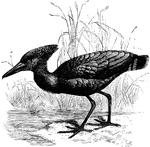
Hammerhead Standing Near Water
"Scopus umbretta, the Hammerhead, of Madagascar and a large part of the Ethiopian Range, is purplish-brown,…
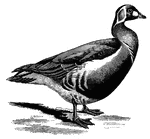
Red-breasted Goose
Bernicla ruficollis, the Red-breasted Goose of West Siberia, which migrates southwards, strays to Britain…
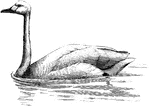
Bewick's Swan
"Cygnus bewicki, Buck's Swan, is white with black feet and bill, the basal half of the latter being…
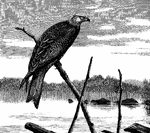
Red Kite Resting on a Branch by a Body of Water
"Milvus milvus, the Red Kite or Forked Tail Glead of the Old World, ranging from the Atlantic Islands-except,…
